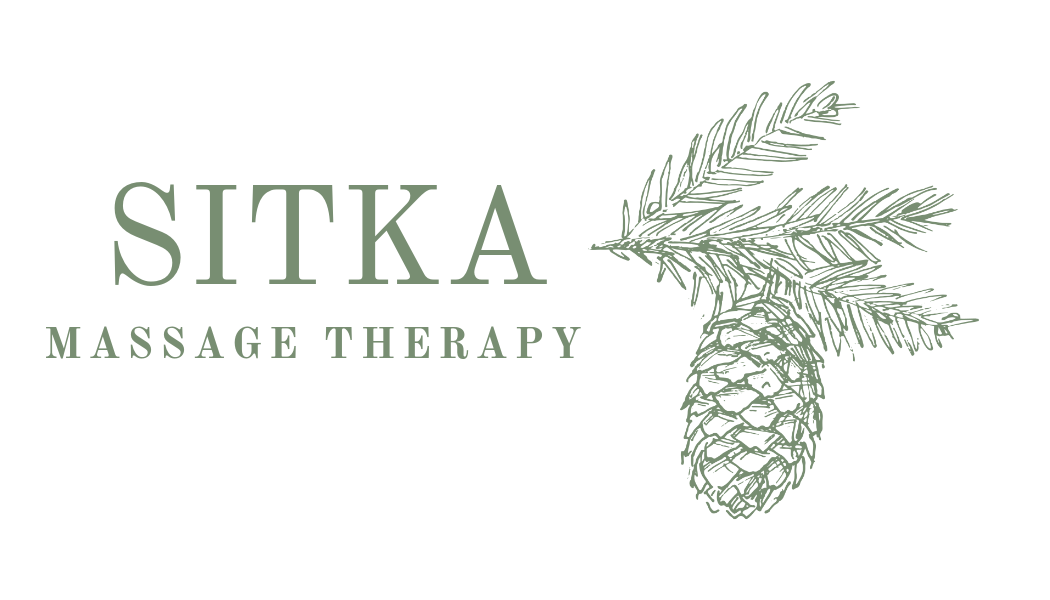Going through surgery can be a stressful experience for both the mind and body. However, embracing the power of massage therapy can play a pivotal role in ensuring a smoother surgical journey and recovery. Pre-operatively, massage therapy stands as a beacon of relaxation, effectively reducing the anxiety that often clouds the anticipation of surgery. A session of soothing strokes can prepare the mind for the upcoming procedure, instilling a sense of calm.
Moreover, techniques such as lymphatic drainage massage emerge as a preventive measure against post-operative swelling, by enhancing lymphatic circulation and reducing edema before it becomes a concern. For those grappling with circulatory challenges, massage’s capability to amplify blood flow is a boon, potentially diminishing the likelihood of bruising and ensuring that tissues remain oxygenated and nourished.
As muscles often bear the brunt of tension, a targeted massage can relieve this strain, setting the stage for an unimpeded surgery and a more resilient recovery. Transitioning into post-operative care, massage therapy continues its role as a nurturing ally. It becomes instrumental in managing pain, softening the sharp edges of post-surgery discomfort, and fostering a conducive environment for healing.
For the scars that narrate the story of recovery, massage offers a way to smooth out their texture, promoting elasticity and fading their prominence. It also aids in reclaiming the freedom of movement, guiding limbs through their natural range with gentle encouragement.
In the unique context of gender dysphoria, massage provides a sanctuary for transgender and gender-diverse individuals. A compassionate touch can translate into profound body positivity, easing the emotional and physical distress that often accompanies gender dysphoria.
In the world of healing and recovery, massage therapy is an unsung hero, offering a touch that heals, comforts, and restores.
